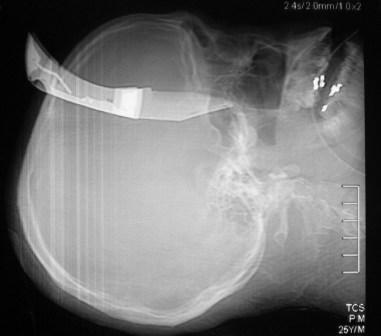Most trauma professionals are shift workers to one degree or another. It is well documented that sleep problems and fatigue can occur with this type of work, depending on the structure of the shift. A number of studies have been carried out in physicians and prehospital providers. But what about prehospital air crews?
Air medical providers are faced with two challenges: critically ill and injured patients and a challenging work environment. Typically, work consists of 12 or 24 hour shifts, and all of this is conducive to sleep problems and fatigue.
The University of Pittsburgh looked at this problem, performing a battery of questionnaires and cognitive tests in their air medical service before and after each shift. They studied 37 subjects, and found the following interesting tidbits:
- 95% of all crew members had poor baseline sleep quality
- Fatigue levels decreased over the shift (both 12 and 24 hr)!
- Crews were able to get some sleep while on duty (1 hour in a 12 hour shift, 7 hours in a 24 hour shift)
- There was a mild increase in cognitive test performance at the end of the shift, although it was not statistically significant
Bottom line: Don’t anyone try to generalize these results to all flight crews! This was a sample of a single flight service, and is not necessarily representative of others. Poor baseline sleep quality is likely due to the fact that many flight nurses and paramedics hold other jobs. In this particular case, the decreasing fatigue may simply be due to the fact that they are encouraged to get some rest while on duty and actually do it. Make sure that your agency has fatigue reducing and fatigue avoidance policies and procedures. It’s for your safety as well as your patient’s!
Related posts:
Reference: The effect of shift length on fatigue and cognitive performance in air medical providers. Prehosp Emerg Care (early online, 2013)




